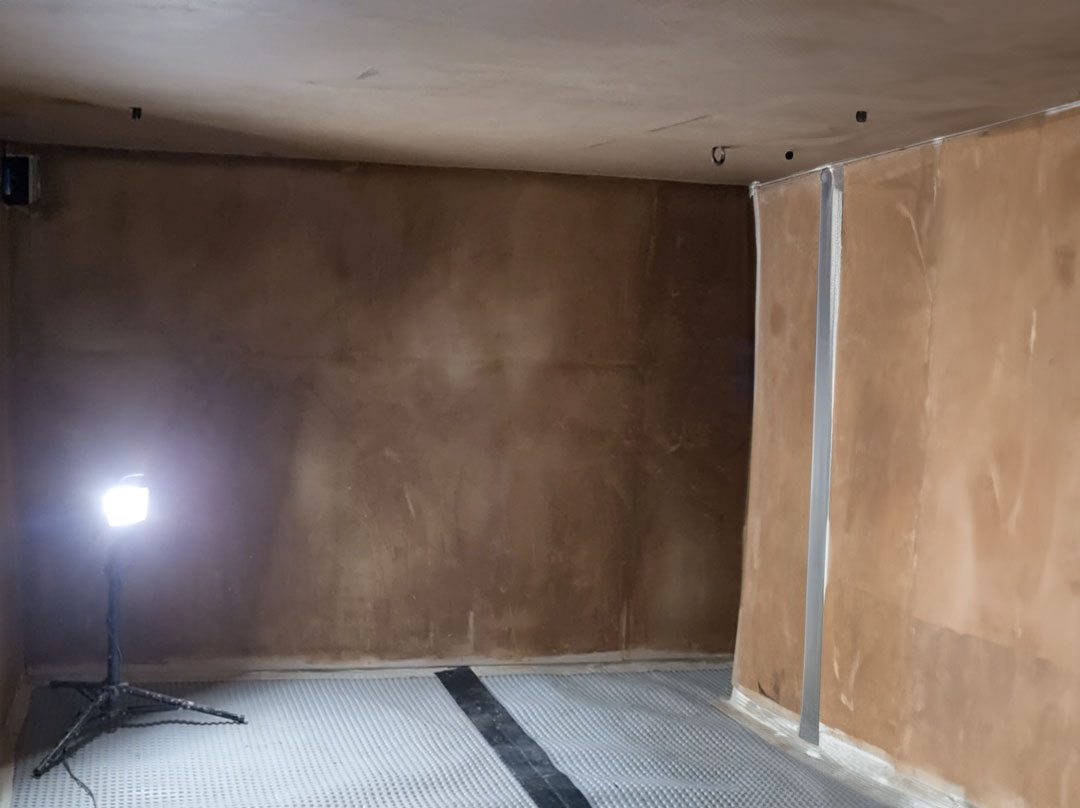Trusted Members
This video explains the benefits of using a Property Care Association (PCA) member for damp control, timber infestation, basement waterproofing, structural repair and condensation.

A ‘Type C’ Waterproofing System is a maintainable waterproofing solution for existing and new-build basements, refurbishment and retrofit projects. The Type C System comprises of two key components, a Cavity Drainage Membrane and Basement Drainage system.
Basements are valuable spaces in homes, offering additional living areas or storage space. However, they are also prone to dampness and water ingress, which can lead to structural damage and health hazards. To combat these issues, homeowners need effective waterproofing systems. Among them, Type C waterproofing stands out as a comprehensive solution specifically designed to tackle dampness in basements. In this article, we delve into what a Type C waterproofing system entails and how it can effectively address dampness in basements.
Type A Waterproofing: This method involves creating a barrier against water ingress by applying coatings or membranes directly onto the external surfaces of basement walls and floors. It aims to prevent water from penetrating the structure.
Type B Waterproofing: Also known as integral waterproofing, Type B involves adding waterproofing agents or admixtures to the concrete mix during construction. This method aims to make the concrete itself impermeable to water.
Type C Waterproofing: Also known as cavity drain membrane systems, is a widely recognized method for managing water ingress in below-ground structures, particularly basements. Unlike traditional tanking methods that rely on creating a barrier against water, Type C systems manage water by collecting and diverting it away from the structure.
Type C waterproofing systems consist of a series of membranes and drainage channels installed on the internal surfaces of basement walls and floors.
These membranes create a cavity between them and the structure, allowing any water ingress to pass through the membrane and into the drainage channels.
The collected water is then safely directed to a sump pump or drainage point, preventing it from causing damage to the building.
Benefits of Type C Waterproofing Systems:
Homeowners of a charming Victorian-era property in Manchester, were experiencing recurring issues with water seepage in their basement.
This case study explores a real-life scenario where a homeowner in Manchester faced persistent water intrusion issues in their basement.
Solutions for Damp Basements:
In conclusion, Type C waterproofing systems offer a holistic solution for addressing dampness in basements by effectively managing water ingress and preventing structural damage.
By understanding the principles behind Type C waterproofing and implementing appropriate solutions, homeowners can enjoy dry, comfortable, and healthy basement spaces for years to come.
If you’re tired of dealing with dampness ruining your basement vibes, it’s time to reach out to the experts at Damp Solutions UK!
Our team knows all the ins and outs of keeping basements dry and cozy, so you can finally make the most of that space without worrying about water issues.
We offer free surveys for homeowners, so why wait? Get in touch with us today and let’s banish that dampness for good! Your basement will thank you, and so will we!
Get Expert Support.
One critical aspect that often goes unnoticed when purchasing a house is the condition of the property in terms of damp and timber issues.
Buying a home is one of the most significant investments you’ll ever make, and ensuring the property’s condition is paramount to safeguarding your investment.
In the intricate journey of securing your dream home, navigating the labyrinth of mortgage applications can often feel like a Herculean task.
Words that matter to us
If your property is suffering from mould or condensation, contact Damp Solutions UK today for a free property survey and get the expert advice you can depend upon.